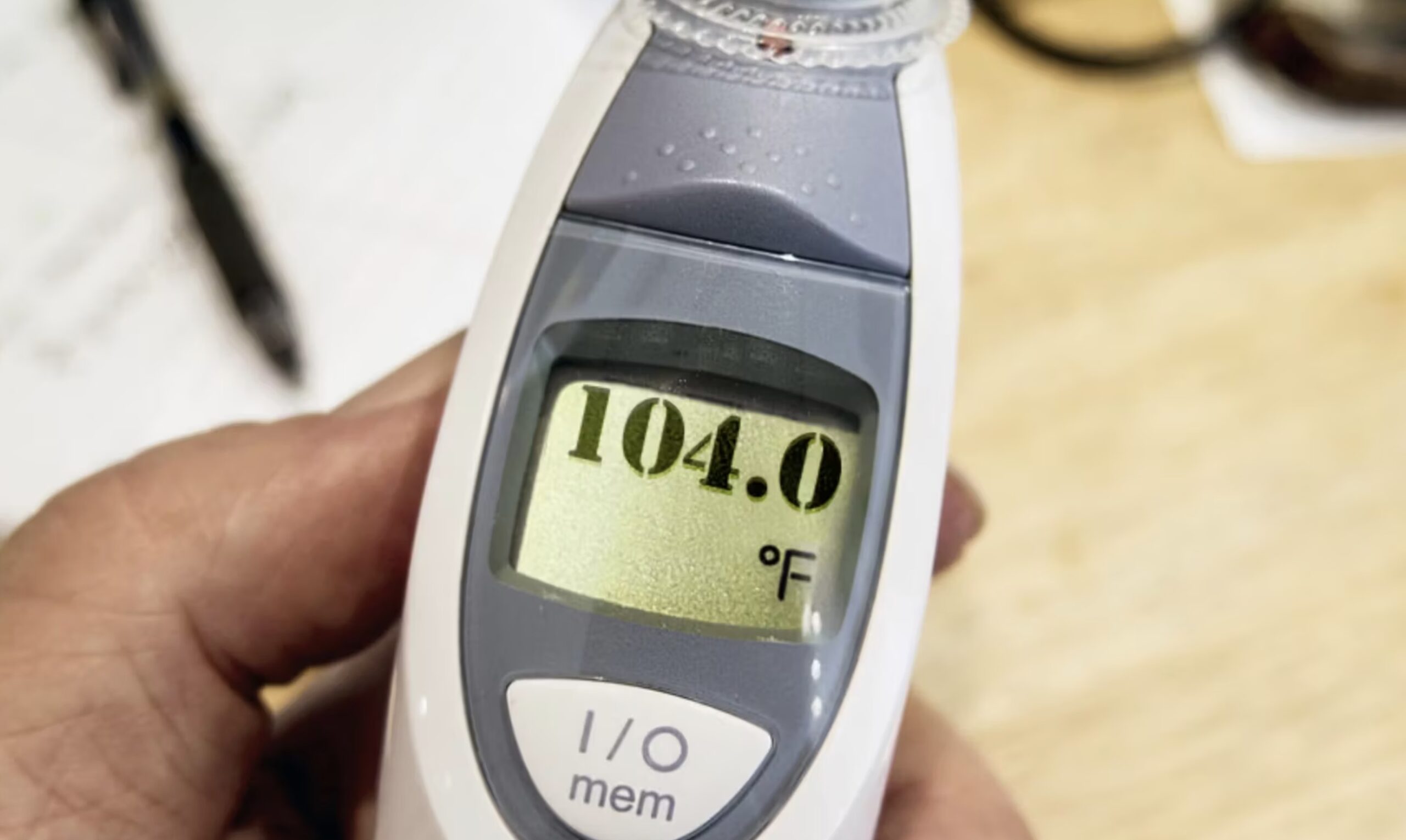Fulminating Hyperpyrexia: Symptoms, Causes, Treatment
What are the symptoms of fulminating hyperpyrexia?
Fulminant hyperpyrexia, also known as malignant hyperthermia, is a rare, life-threatening condition that can occur in response to certain medications used during anesthesia. Symptoms typically develop rapidly and can include:
- High fever: A very high body temperature, often exceeding 104°F (40°C).
- Muscle rigidity: Muscle stiffness, particularly in the jaw, neck, and trunk muscles.
- Rapid heart rate: Tachycardia, or a fast heart rate, is common.
- Increased breathing rate: Tachypnea, or rapid breathing, may occur.
- Sweating: Excessive sweating is a common symptom.
- Low blood pressure: Hypotension, or low blood pressure, may occur in severe cases.
- Metabolic acidosis: A disturbance in the body’s acid-base balance, which can lead to further complications.
If you or someone else experiences these symptoms during or after anesthesia, it is important to seek immediate medical attention from a qualified healthcare provider. Malignant hyperthermia is a medical emergency that requires prompt treatment to prevent serious complications, including organ damage and death.
What are the causes of fulminating hyperpyrexia?
Fulminant hyperpyrexia, or malignant hyperthermia, is most commonly triggered by certain medications used during anesthesia, particularly in people who are genetically predisposed to the condition. The primary triggers include:
- Succinylcholine: This medication is a muscle relaxant often used to facilitate intubation during surgery. It is a common trigger for malignant hyperthermia.
- Inhalational anesthetics: Certain inhalational anesthetics, such as halothane, isoflurane, sevoflurane, and desflurane, can trigger malignant hyperthermia in susceptible individuals.
Fulminant hyperpyrexia occurs when there is a hypermetabolic response in skeletal muscle triggered by these medications. This leads to uncontrolled muscle contractions, increased body temperature, and metabolic acidosis. It is important for individuals who are at risk for malignant hyperthermia to inform their healthcare providers before undergoing anesthesia so that appropriate precautions can be taken.
What is the treatment for fulminating hyperpyrexia?
The treatment for fulminant hyperpyrexia, or malignant hyperthermia, involves stopping the triggering agent, supportive care to manage symptoms, and specific medications to reverse the metabolic changes associated with the condition. Treatment typically includes the following steps:
- Discontinuation of triggering agents: The first step is to immediately stop the administration of the triggering anesthetic agent, such as succinylcholine or certain inhalational anesthetics.
- Cooling measures: Cooling the body to reduce the elevated temperature is important. This can be done using cooling blankets, ice packs, or other cooling techniques.
- Medications: Specific medications are used to counteract the metabolic changes associated with malignant hyperthermia. Dantrolene is the drug of choice, as it helps to reduce muscle rigidity and hypermetabolism. It is typically administered intravenously.
- Supportive care: Supportive measures, such as intravenous fluids to avoid dehydration, monitoring of electrolytes and acid-base balance, and management of complications such as kidney failure or arrhythmia, may be necessary.
- Monitoring: Continuous monitoring of vital signs, including temperature, heart rate, and blood pressure, is essential to ensure the effectiveness of treatment and detect any complications.
- Consultation with a specialist: In severe cases, consultation with a specialist in malignant hyperthermia or critical care may be necessary to guide treatment.
Prompt recognition and treatment of malignant hyperthermia are essential to prevent serious complications, including organ damage and death. It is important for healthcare providers to be aware of a patient’s risk factors for malignant hyperthermia and to have a plan in place to manage the condition if it occurs.




